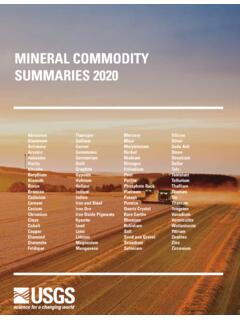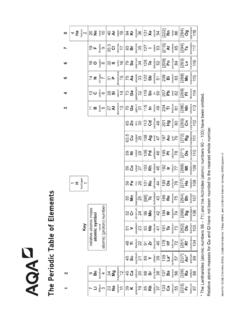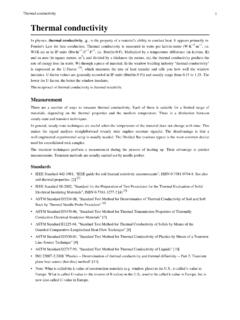Helium Resources Of The
Found 9 free book(s)mcs2020.pdf - Mineral Commodity Summaries 2020
pubs.usgs.govHelium Indium Iodine Iron and Steel Iron Ore Iron Oxide Pigments Kyanite Lead Lime Lithium Magnesium Manganese Abrasives Aluminum Antimony Arsenic Asbestos Barite Bauxite Beryllium ... production and resources. The MCS is the earliest comprehensive source of 2019 mineral production data for the
Question paper (Higher) : Paper 1 - Sample set 1
filestore.aqa.org.uk2 SPECIMEN MATERIAL 0 1 Figure 1 shows a balloon filled with helium gas. Figure 1 0 1 . 1 Describe the movement of the particles of helium gas inside the balloon. [2 marks] 0 1 . 2 What name is given to the total kinetic energy and potential energy of all the particles of helium gas in the balloon? [1 mark] Tick one box. External energy Internal energy
CHEMISTRY LAB JOURNAL - Minecraft: Education Edition
education.minecraft.net+ colored dye + helium + a lead will produce a helium balloon. Balloons can be attached to fences, shot with arrows, and lift mobs into the air. Some products require a combination of chemical compounds and Minecraft blocks. These products are created using a traditional Minecraft crafting table.
Question paper (Foundation) : Paper 1 - Sample set 1
filestore.aqa.org.uk2 SPECIMEN MATERIAL 0 1 Energy resources can be renewable or non-renewable. 0 1 . 1 Coal is a non-renewable energy resource. Name two other non-renewable energy resources. [2 marks] 1 2 Wind turbines are used to generate electricity. Figure 1 shows how the power output of a wind turbine changes over one day. Figure 1
THEREFLECTIVE# SUPERVISION# TOOLKIT#
reflectivesupervision.comyour#earsup.#Information#flowsin#one#ear#encased#in#a#helium#balloon.# The#balloon#rolls#around#in#the#hot#air#and#escapes#out#the#other#ear#in# just#a#few#seconds.#The#only#way#to#prevent#it#escapingis#totieit#toyour# brain.#Todothis#youneedtoattendfully#totheinformationandprocess#it#
A BRIEF INTRODUCTION TO PARTICLE PHYSICS
www.classe.cornell.edulight elements such as deuterium, helium and lithium. After about three hundred thousand years, the Universe cooled enough (to a few thousand degrees) to allow the free electrons to become bound to light nuclei and thus formed the first atoms . Free photons and neutrinos continue to stream throughout the Universe,
Nuclear Chemistry - University of Pennsylvania
www.sas.upenn.eduThe mass of a Helium-4 nucleus is 4.00150 causing a mass defect of 0.0304 amu. The origin of this mass defect is some of the mass is converted to binding energy which binds the nucleons together in the nucleus. Energy then needs to be added to separate these nucleons to overcome this binding energy. This energy
The Periodic Table of Elements
filestore.aqa.org.ukThe Periodic Table of Elements 7 Li lithium 3 23 Na sodium 11 39 K potassium 19 85 Rb rubidium 37 133 Cs caesium 55 [223] Fr 87 * The Lanthanides (atomic numbers 58 – 71) and the Actinides (atomic numbers 90 – 103) have been omitted. Relative atomic masses for Cu and Cl have not been rounded to the nearest whole number. . francium 12 Be Key 9 beryllium 4 relative atomic mass atomic symbol ...
Thermal conductivity - Saylor Academy
resources.saylor.orgThermal conductivity 1 Thermal conductivity In physics, thermal conductivity, is the , property of a material's ability to conduct heat.It appears primarily in Fourier's Law for heat conduction. Thermal conductivity is measured in watts per kelvin-meter (W·K−1·m−1, i.e. W/(K·m) or in IP units (Btu·hr−1·ft−1·F−1, i.e. Btu/(hr·ft⋅F).). Multiplied by a temperature difference ...








